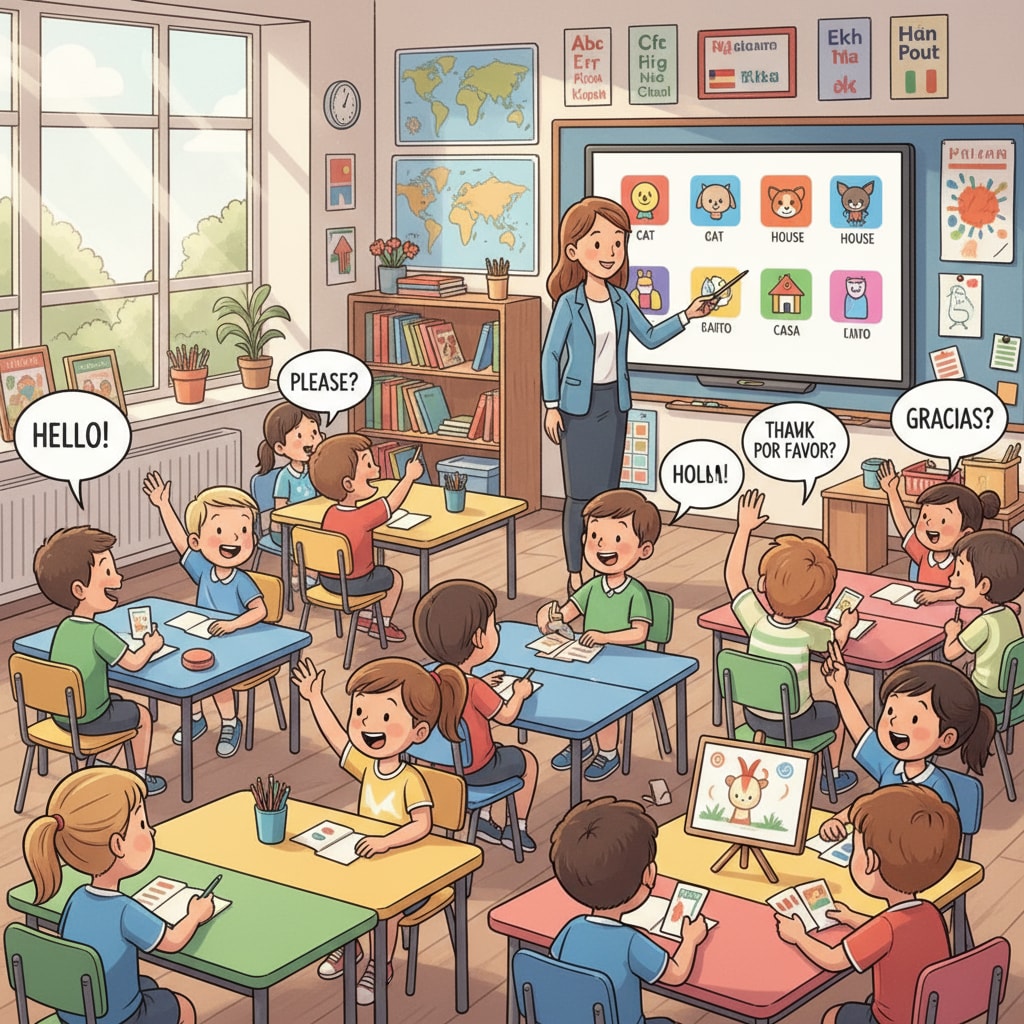Language teaching in primary education requires effective teaching methods, especially when it comes to second language instruction for lower grade students. The early years of primary school are a crucial period for language acquisition. During this time, children are highly receptive to new information and have a natural curiosity that can be harnessed for learning. In this article, we will explore various strategies to make second language teaching in lower primary grades both engaging and effective.

Game-based Learning
One of the most effective ways to teach a second language to lower primary students is through game-based learning. Games make the learning process fun and engaging. For example, vocabulary bingo games can be used to teach new words. In this game, students have bingo cards with words in the second language. The teacher calls out the definitions or shows pictures related to the words, and students mark them on their cards. This not only helps in memorizing vocabulary but also improves their listening skills. Game-based learning on Teachervision
Multisensory Approach
The multisensory approach is another powerful strategy in second language teaching. It involves using multiple senses such as sight, hearing, touch, and movement. For instance, when teaching pronunciation, teachers can use videos to show the correct mouth and tongue positions (sight), while also repeating the sounds clearly (hearing). Kinesthetic activities like acting out words or phrases can engage the sense of movement. This approach helps students better understand and remember language concepts. Multisensory approach on Verywell Family

Another aspect to consider is the use of real-life materials. Bringing in items like food packages, signs, or brochures from countries where the second language is spoken can make the learning more relatable. Additionally, creating a language-rich environment in the classroom, with posters, labels, and books in the target language, helps students immerse themselves in the language.
Finally, assessment and feedback are essential components of effective second language teaching. Regular, formative assessments can help teachers understand students’ progress and adjust their teaching accordingly. Positive feedback, whether it’s verbal praise or small rewards, can boost students’ confidence and motivation to learn.
Readability guidance: We have used short paragraphs and lists to summarize key points. For example, in the game-based learning section, we listed a specific game. The multisensory approach section also clearly explained different ways of engaging multiple senses. We have controlled the use of passive语态 and long sentences, and added transition words like ‘for example’ and ‘additionally’ to enhance readability.


